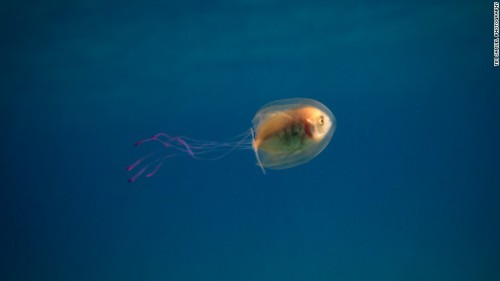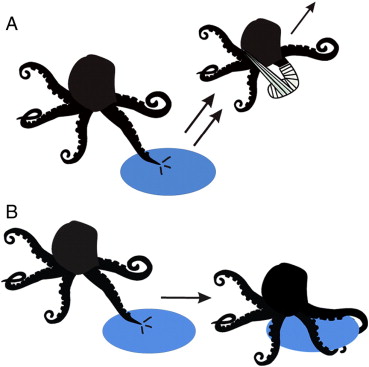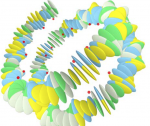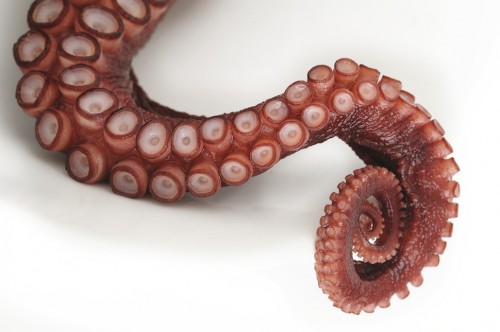Not this again. CNN is running another article about “X causes cancer!”, where in this case X is coffee. Not regular coffee, just very hot coffee. That is, coffee served at a temperature high enough to cause painful burns might also increase the incidence of esophageal cancer.
Huh. OK. You know, living causes cancer. Epidemiological studies like the one cited are important for identifying possible problems, but your whole life is a great long exercise in risk management where you balance doing things against cowering in terror. We have to consider realistic assessment of risk. So I was going to actually read the study (the short summary given is that an analysis of a thousand studies found that “drinks consumed at very hot temperatures were linked to cancer of the esophagus in humans”, but no numbers were given), but CNN screwed up: their link to the study goes to a paper on the carcinogenicity of pesticides in the Lancet instead. I thought I’d rummage around and try to find it myself, but instead I found this editorial in the latest issue which was pretty good, much better than yet another study that finds a superficial cancer link. So I’m including the whole thing right here.








